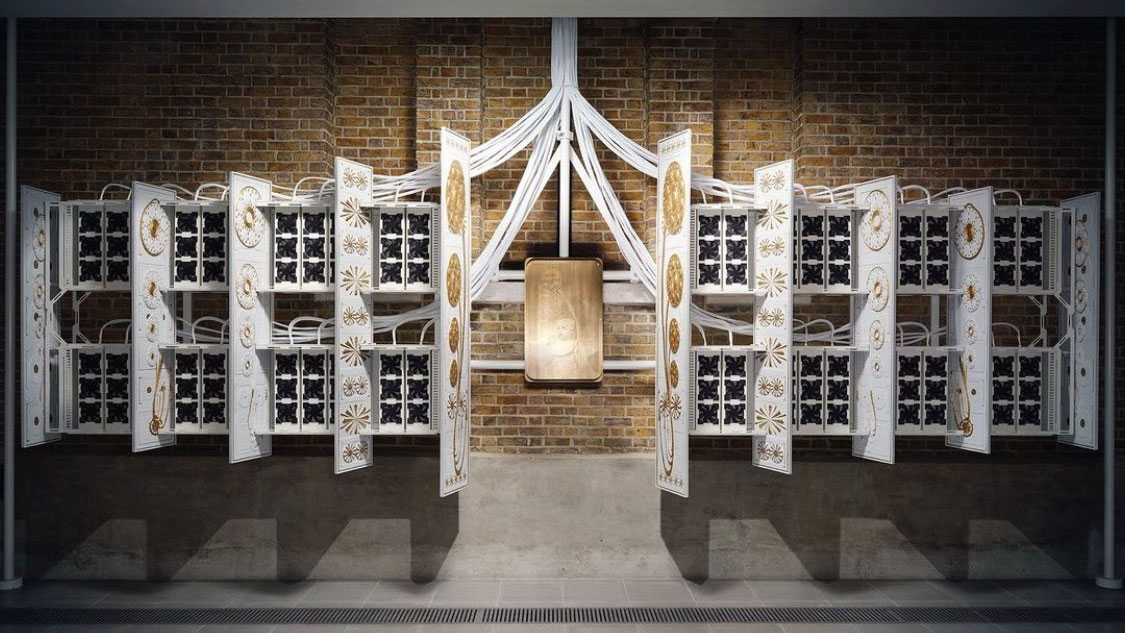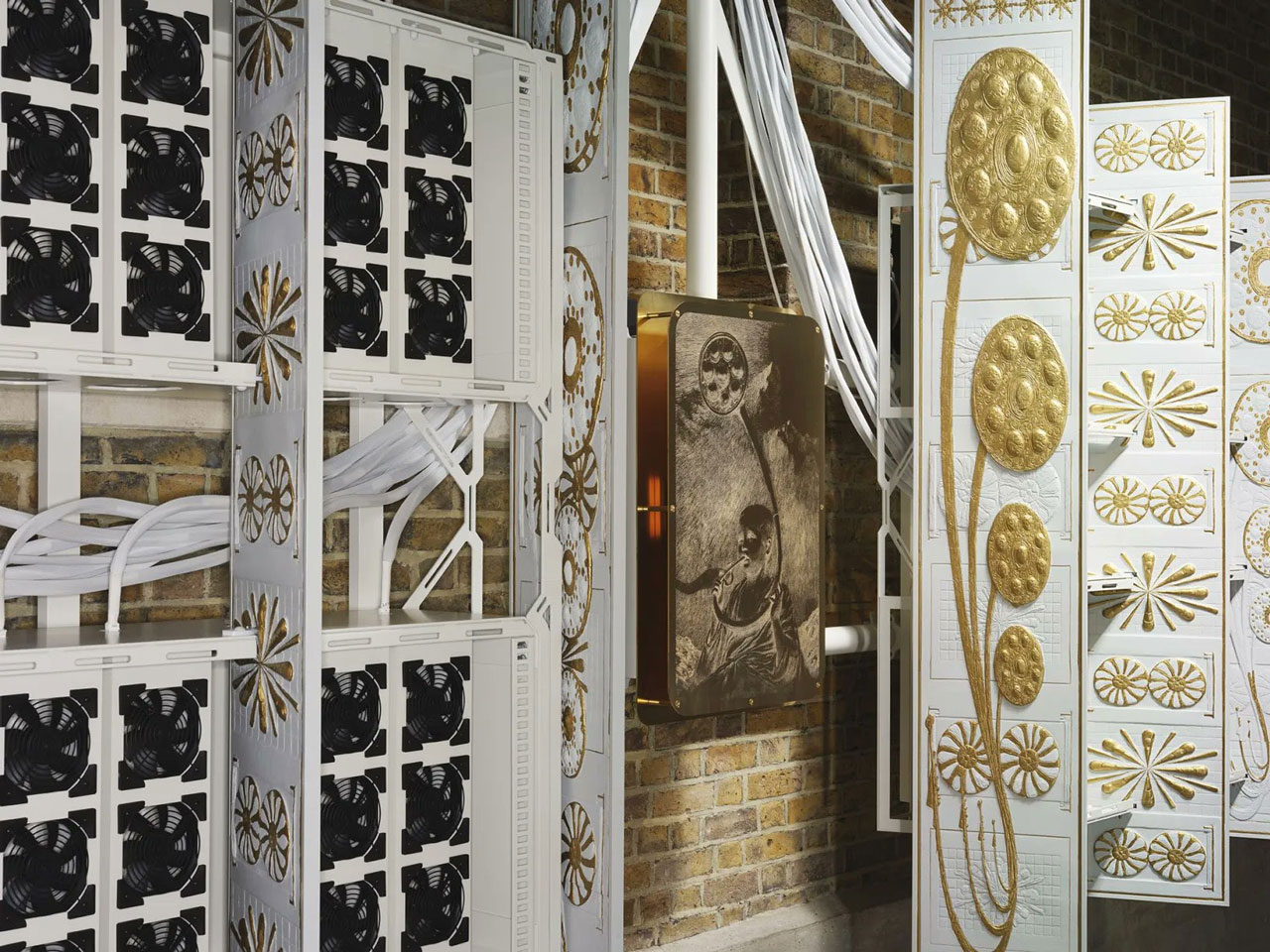
AI-embracing musicians and audiovisual artists Holly Herndon and Mat Dryhurst have a new exhibition where you can see and hear their “GPU organ” in action. Herndon explains that the new-fangled pipe organ “plays music acoustically by controlling the RPM of each fan.”
Our GPU organ plays music acoustically by controlling the RPM of each fanThe Call is now open to the public until February @SerpentineUK in Hyde Park London pic.twitter.com/0wQHMnvNQ2October 5, 2024
In the embedded Tweet, above, you can listen to a sample of the GPU organ playing. Images show an ornately designed pipe organ with a wall of fans that control the airflow and thus audio output of the instrument. The hardware isn’t explained in any proper detail, but we don’t see any GPUs. Rather, we think that the GPU organ is just a catchy name for a PWM fan-powered pipe organ.
Some GPUs may well have been used in this art project though, as the music you hear is based on AI modeling techniques. The Serpentine site explains that “To train the AI, Herndon and Dryhurst have composed a songbook of hymnals, singing exercises, and a recording protocol, traveling with the Serpentine Arts Technologies team to record fifteen community choirs across the UK.” The spatial audio installation (i.e. the GPU organ) uses these trained models to create the audioscape you hear.


In some further informative Tweets, Herndon discusses the training, and says that the music is generated from a diffusion model, creating new songs based on the training data and “can generate infinite scores.” For some exhibition user interactivity, Herndon says there is “a new polyphonic call and response model, developed with @Ircam, that allows you to sing to the model and receive a response back.” There is also a video demo of this in the Tweet thread if you wish to witness some haunting-sounding AI choir call-and-response audio action.
If your interest in the GPU organ has been piqued, and you are visiting London, you can go and experience The Call at the Serpentine Galleries in Kensington. The exhibit is open to the public until February 2025. Let us know if you see any GPUs.







